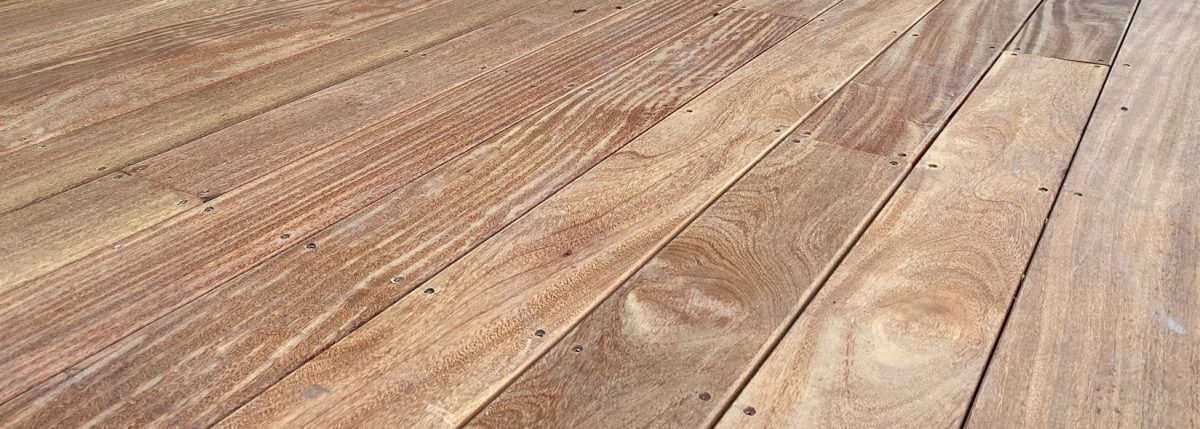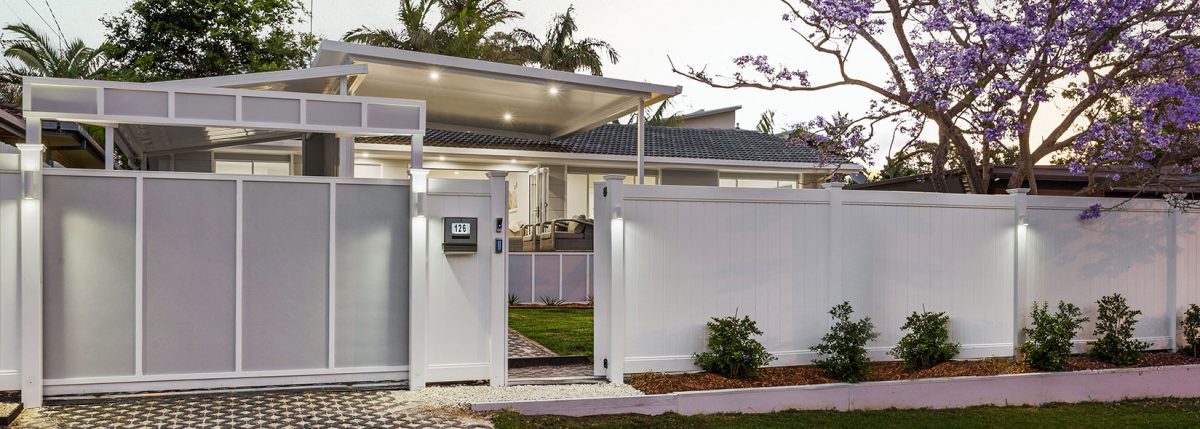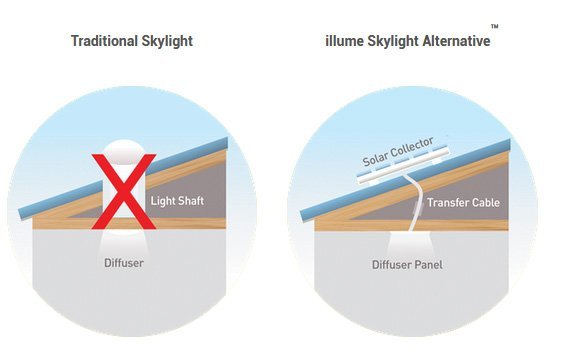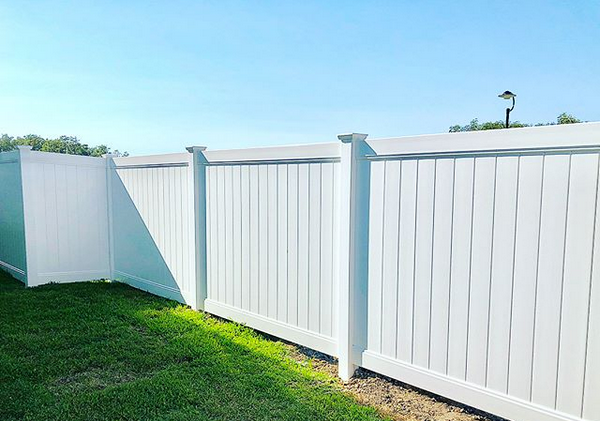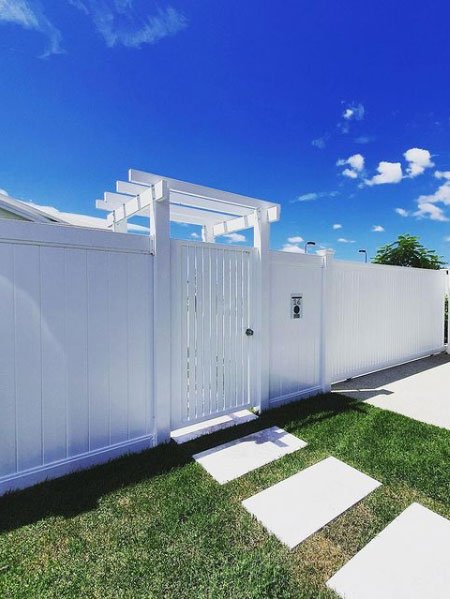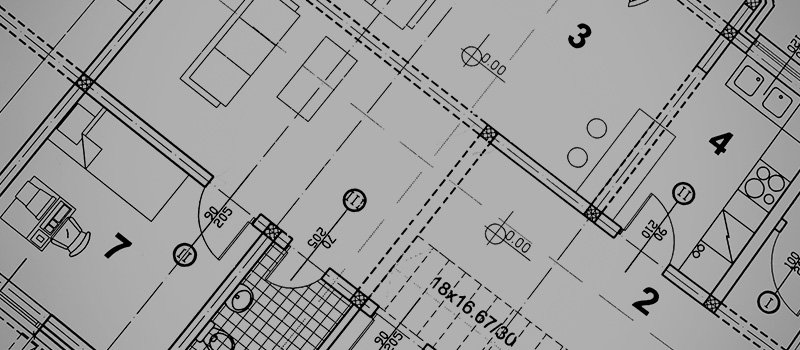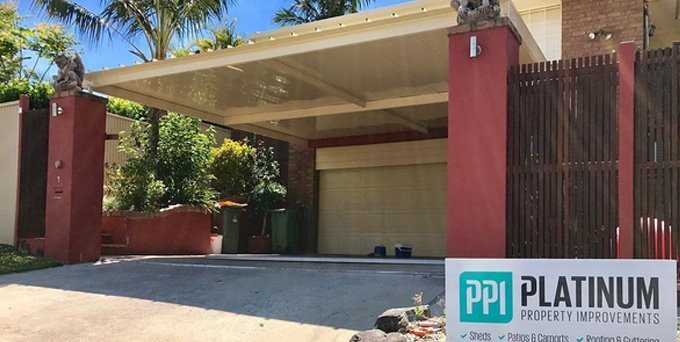When our clients are looking to add a deck to their property they often have questions regarding the benefits of composite decking compared to timber decking. Composite decking is a relatively new product but has gained traction quickly due to the minimal maintenance.
Both materials have their advantages and limitations. It is beneficial to weigh up the pros and cons so you can decide which option is most suitable for you.
In this article we compare composite decking to wood decking so that you can make an informed decision and install a deck that you can enjoy for many years.
Timber Decking Materials
Timber decking can be made from a variety of hardwood timber species such as jarrah, merbau, blackbutt, spotted gum and more. Choosing the best timber for decking will depend on a number of factors such as the climate where you live, where your deck will be installed, how much sunlight it will be exposed to and your preference of the look and feel of the timber.
Composite Decking Materials
Composite decking is manufactured using a combination of wood fibers and plastic which are held together using binding agents. As with timber decking, you should consider the location and weather conditions. There are a range of appearances available with composite decking, including styles that mimic natural timber.
Appearance
One of the major reasons why people choose timber decking is the natural beauty and richness of the material that other options can’t compete with. There is a warmth of feeling timber under your feet that composite material can’t replicate. Depending on the species you choose, colours can range from deep reds to light browns to radiant golds.
Some timber decking species like jarrah age gracefully even without regular recoating in oil and many people celebrate the natural weathered grey look of aged timber. Timber can have natural imperfections that are also cherished by timber decking enthusiasts.
Composite decking is manufactured to look like natural timber, however most can be easily distinguished from real timber. That’s because most composite boards look more consistent in colour and texture than real wood. Cheaper brands can look very fake and you definitely get what you pay for in this regard.
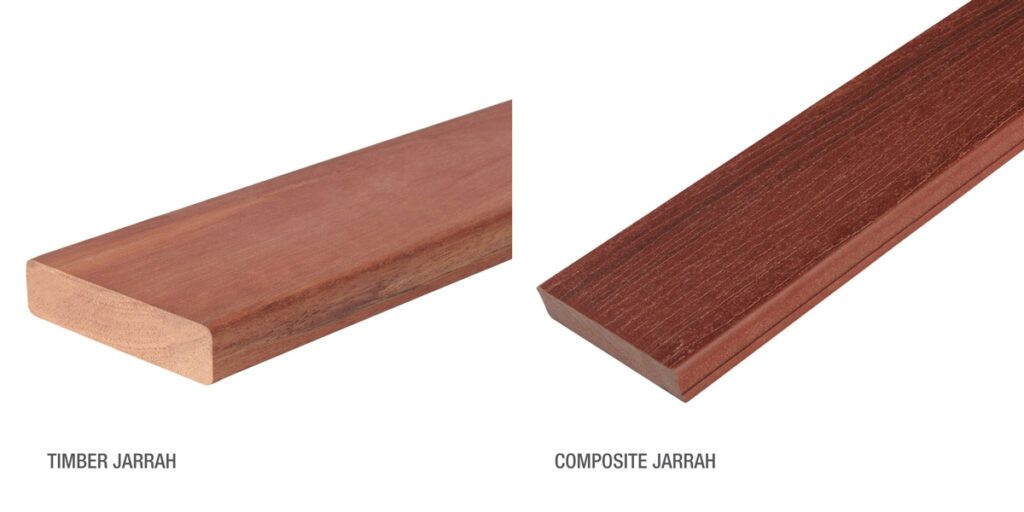
Price
Composite decking generally costs a little more than timber decking. A decent quality composite product tends to cost more per metre, combined with the fact that concealed fasteners are usually required which adds some cost.
In comparison, the most popular hardwood timber options are generally a little cheaper to purchase and install. Higher-end or rarer timber species tend to cost more than composite. For example, a popular timber at the moment called PCA (Pacific Crows Ash) will cost more than a composite material, but in general applications using timber will cost you less than composite decking.
Installation
Composite decking is often easier to install than timber decking because the composite boards are supplied in one length, usually longer than 4.2m.
In comparison, timber planks come in a variety of random lengths which can add extra time to the installation process as the installer needs to map out the most efficient way to install the timber with minimal wastage. Timber will often not be straight and can require some manipulation to install correctly.
Composite decking is not as flexible as real timber and may need extra supporting elements during installation.
Maintenance
It’s important to understand the maintenance that will be involved before purchasing your decking materials as this weighs into the decision. Minimal maintenance is the main selling point of composite decking when compared to timber.
Most timber would generally require at least yearly maintenance to keep it looking great and to ensure a longer lifespan for the deck, however this can vary depending on exposure to the elements and the type of timber. If you are not the type to enjoy spending hours maintaining your deck or not likely to pay someone to perform the maintenance for you, then perhaps you should consider the composite option.
Composite decking typically doesn’t require painting, staining, oiling or varnishing however some composite decking brands do require sealing to maintain the colour of the decking.
Timber requires more maintenance to preserve its appearance. Some species require cleaning and oiling less often, but the biggest factor is exposure to the sun. Overtime UV rays will remove the natural colour pigments in the wood, creating a greying effect. Always check with your timber supplier about the frequency and best methods for maintaining your timber decking.
Lifespan of the product
Composite decking is considered highly durable and will have a long lifespan with minimal maintenance. Timber decking can also be highly durable when looked after properly. Hardwood options like jarrah, ironbark and burnt ash outperform cheap options like treated pine and will last much longer.
Some timbers like blackbutt and spotted gum are naturally fire resistant, making them an excellent choice for areas that are prone to bushfires. Timber species like jarrah and ironbark are naturally resistant to termites and rotting and an option like pacific teak performs well in coastal areas where high salt levels are an issue.
Liveability
Well maintained timber decking is feels nicer to walk on than composite decking. When exposed to the hot sun, composite decking can become extremely hot to the point where you cannot walk barefoot on it. This can be a big consideration in particular where the customer has small children or pets that may be exposed to the extreme heat of the composite decking in Summer.
In contrast, timber regulates heat better and is cooler to walk on during the summer months.
When timber decking is not well maintained it can lose its structural integrity and may even splinter. It can also swell and shrink depending on humidity and weather conditions. If it swells too much it can come in contact with the other planks of timber and can permanently warp / change shape. Composite decking will not splinter like timber can and won’t change shape.
Composite V Timber. Which should you choose?
Ultimately this is a decision that only you can make. We are neutral in our opinion as we believe that both options can be suitable depending on the specifics of the project.
If you are looking for a highly durable, low maintenance option, composite might be right for you. However, if natural timber appearance, are worried about the surface becoming too hot and prefer a more environmentally sustainable option then timber decking might be a better option for you.
Feel free to contact us to discuss what option will be more suitable for you.

